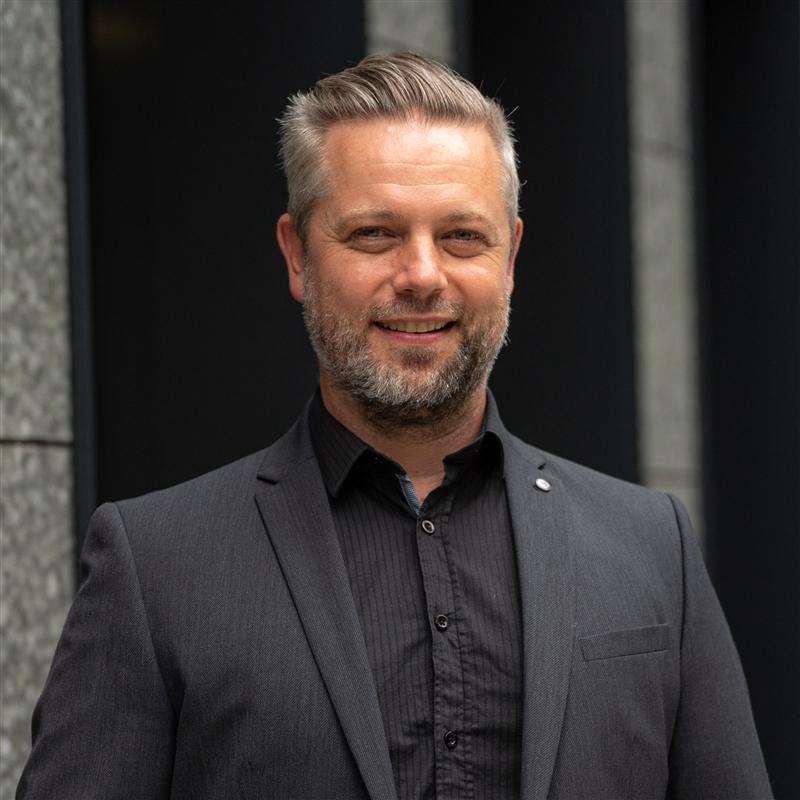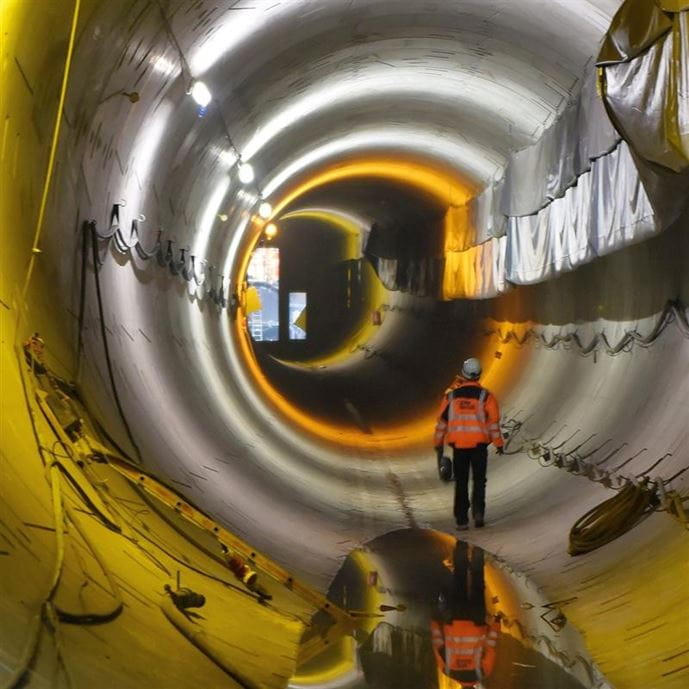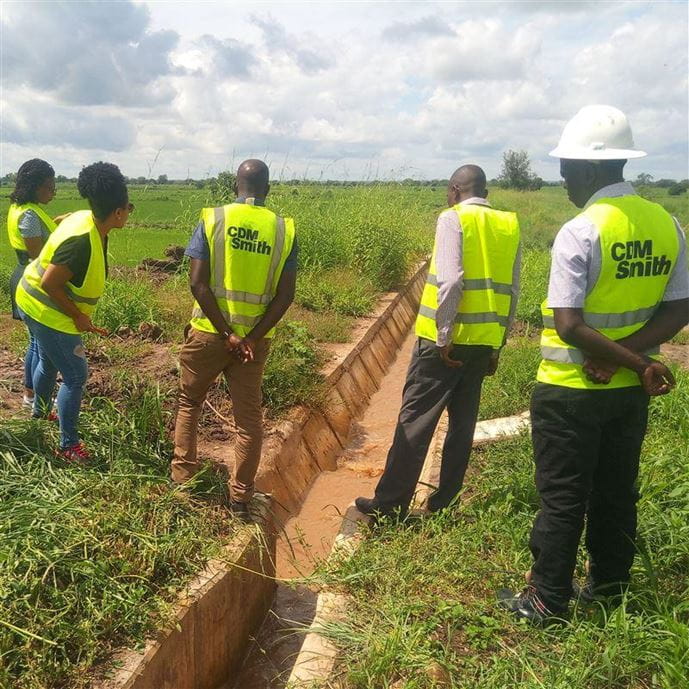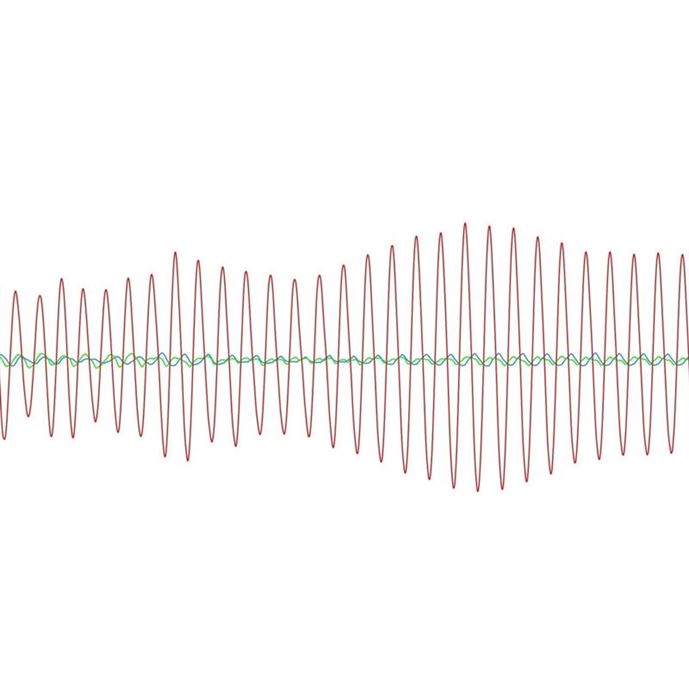The New North-South Underground Line Cologne
The project was divided into four planning and two construction lots. CDM Smith led a consortium in the design and permission planning as well as tendering for the two southern planning lots, including the two Kartäuserhof and Bonner Wall underground stations.
The northern section involved the Breslauer Platz (main station) stop to be built using the top-down method. The excavation pit was secured using diaphragm, bored and soldier pile walls, some with multiple bracing; the pit intersected with existing structures in places, and included two launching shafts for the tunnel boring machines (TBM) launchs. In addition, an excavation pit at 25 m depth was excavated and secured by diaphragm walls with multiple bracing at Kurt-Hackenberg-Platz as the receiving shaft for the TBMs from the southern lot and launching shaft for compressed air propulsion underneath the philharmonic concert hall. This involved a highly complex process of determining pressure levels due to repeatedly changing dependencies between construction, stability specifications and costs.
With our engineering services, we contributed to the 1970s born idea of creating a light rail connection from the northern to the southern city centre becoming a reality.
CDM Smith was responsible for technical preparations for all of the specialised excavation engineering work in the northern section, which involved diaphragm, bored and soldier pile walls with wood and shotcrete lagging, Jet grouted shafts, injection grouting underpinning and sealing blocks, elevation and pore grouting, and dewatering measures.
The Rathaus, Severinstraße, Chlodwigplatz und Karthäuserhof underground stops were partly mined out using piling, injection grouting and ground freezing as protection between tunnels excavated by TBMs. Watertight excavation encasement with diaphragm walls down to depths of around 45 m were required for buildings to be constructed using open construction techniques; these excavation trenches required complex dewatering planning and modelling involving regular consultation with the competent authorities. CDM Smith provided assessment and consultation services in all of the deep foundation engineering and tunnelling work during construction phase for the southern section of the north-south route of the Cologne Stadtbahn light-rail service, especially as experts in jet grouting and ground freezing. In addition, CDM Smith studied the environmental, geotechnical and hydrological effects in preparation for the project using a 3D groundwater model, and obtained official permission for groundwater extraction as based on German water protection law.

The North-South Underground Line in Cologne was exciting, complex and truly one of a kind – a project with exceptional challenges.
Did you know?
Tunnels were driven with tunnel boring machines (TBM), four stations were partly driven in the mining method shielded by grouting and ground freezing measures; those structures constructed open-cut, required pit linings by up to 45 m deep diaphragm walls and extensive dewatering measures.














